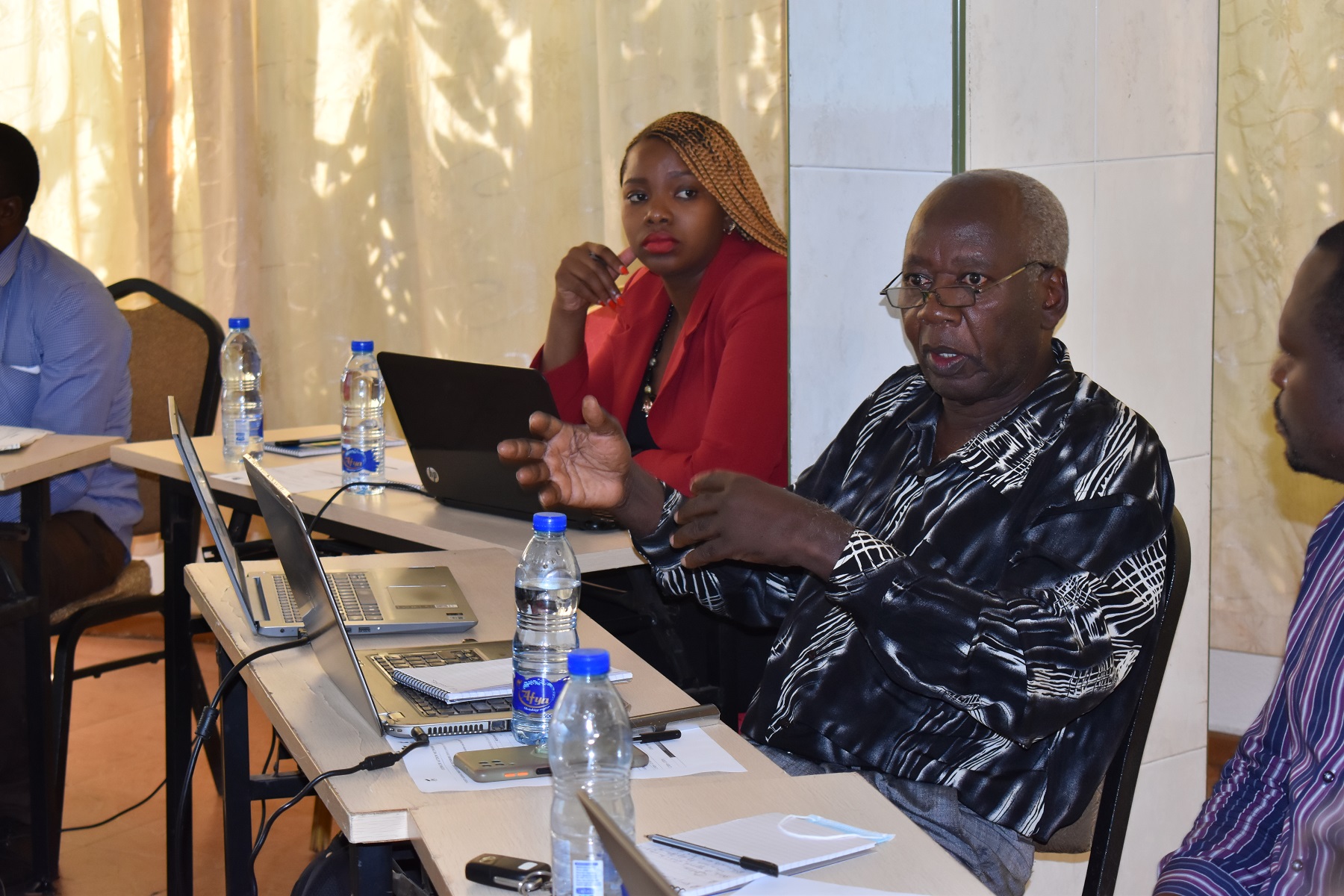
What will the future bring ? When will it rain
this season ? Will I it be a good season with much rain and I can use
fertilizer and get a good yield. Or will it be a dry seasons and I need to
invest in dry-resistant crop seed and seeding later ?
This are only some of the concerns smallholders
have facing the insecurities and changing weather induced by climate change. To
cope with the impact of climate change smallholders need useable and reliable
information about the climate, the weather and the risks. This allows farmers to make informed and
smart decisions on their livelihood activities to adapt to climate change. Providing
all information and resources necessary to make climate smart decision is
called climate service. Climate Service are the foundation for decisions
of smallholders on adaptation activites. Therefore Climate Services are key to
built climate resilience in local communities.
But who knows what the weather will be ? Many
elders, holding local indigenous knowledge know how the weather will be. They
can predict and forecast the weather in their local communities.
It’s written in the stars:
Observing nature to predict the weather
It’s written in the stars. So they just have to
observe it. By observing indicators as plants, animals, wind, clouds, stars and
the moon many communities have the knowledge to predict the upcoming weather
for their village. It is not witchcraft, it is like science: Learning from
observation. In Lushoto villages the people learned that a large amount of
butterflies is a sign for a good rain season (Vuli). Exstenive flowering of
mango trees predict a bad and dry rain season. Nature reacts highly sensitive to
changes of weather conditions as moisture, temperature, wind speed etc. Communities
observed nature for generations and grow therefore the knowledge to interpret the
change and signs to predict the weather.
Aim for the best:The best-available knowledge by integrating indigenous knowledge into climate services
But the practice of weather forecasting
based on indigenous knowledge start to get forgotten. Elders die before passing
on there knowledge. Therefore we need now to conserve and document indigenous
knowledge on weather forecasting. It has a high value for local communities in
order to adapt to the impacts of climate change. Currently scientific weather
forecast are often not sufficiently locally specific and downscaled to village
level. The Tanazanian Meterological Authorithy (TMA) can predict the weather
for larger areas on district level but predicting it on village-level is still
a gap and challenges. Indigenous knowledge can bridge this gap. Bringing
together weather forecast based on science
and indigenous knowledge allows to get the best-available knowledge.
Level-up: Finding a way-forward for enhanced Climate Services in Tanzania
On a conference of climate service stakeholders
in Tanzania, facilitated by CAN TZ, Prof.
Henry Mahoo presented a case study from Luhsoto on how Indigenous Knowledge can
be successfully integrated into Climate Services(Mahoo
2015). The best-practices and lessons-learnt from his research should
inform the coordinate way-forward on climate services in Tanzania.
Challenges for Indigenous Knowledge on weather
forecasting:
·
Loss of indicators: Due to climate change and other factors more and more biodiviersity is
lost and threatened. IK relies highly on flaura & fauna observation.
·
Loss of IK sources: IK is mainly hold by elders and passed on oraly. The transition to
younger generation is necessary to preserve IK.
·
Lack of documentation: IK is often undocumented which increase the risk of loose of IK.
·
IK is associated with mystical beliefs: Some communities and faith-based organizations
associate IK with witchcraft pratices, which harm the credibility of IK.
Best-Practice: How to integrate Indigenous
knowledge (IK) into climate services:
·
Documentation of IK:
· Local indigenous forecasting groups:
Three local IK
forecasting groups were established.
·
Consensus forecasts: A consensus seasonal forecast was drafted in a participatory workshop as
collaboration between IK forecasting groups and TMA.
·
Climate information flow system: Distribution channels of climate information
where established, activating key stakeholders (e.g. churches,women groups,
markets) and involving them in the information flow, to allow an easy access and
uptake of climate information from smallholders.
Lessons-learnt:
·
Bottom-up: IK
is highly diverse and embedded in complex local contexts. Therefore, a
successful integration benefits form a bottom-up approach. The cooperation and
co-production should emphasize the need of local communities and engage them
form an early stage
·
Budget: Mainstream
IK into budgets and policies. Include budget for IK integration into the District
Agriculture Development Plans (DADP).
Read the full study:
Mahoo 2015, Working Paper 103.pdf (cgiar.org)
